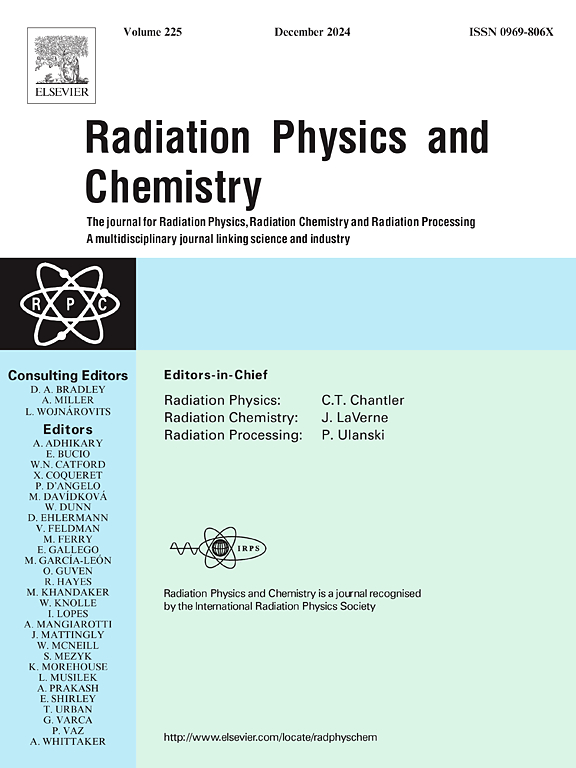Formation of Si–Er–O structures in Si by Ar-irradiation for harvesting light at the 4f intraband transition
IF 2.8
3区 物理与天体物理
Q3 CHEMISTRY, PHYSICAL
引用次数: 0
Abstract
In the pursuit of developing cost-effective optically active media for silicon-based infrared emitters, we employed a multi-step fabrication process to create silicon films doped with erbium (Er) and oxygen (O). The process involved physical vapor deposition (PVD) followed by ion beam surface modification (IBM) and oxygen incorporation that are facilitated by Ar+ and O2+ implantation, and thermal annealing techniques. The resulting silicon films, denoted as Si–Er–O, demonstrated efficient room-temperature emission, indicative of 4f transitions. Notably, the observed photoluminescence (PL) manifests Stark-split 4I13/2 - 4I15/2 transitions characteristic of Er3+ impurity centers mimicking that of Er in optical fiber materials. The concentration distributions of the dopants within the films were determined utilizing Rutherford backscattering spectrometry (RBS). The main finding of this study is the correlation between Er concentration, oxygen presence, and optical activity in Si–Er–O films. Results demonstrate that the optical activity of Er3+ ions rise with the O/Er atomic concentration ratio, peaking at a specific ratio; corroborating earlier results from other researchers in the literature. Elevated Er concentration correlates with decreased PL signals, confirming that Er–O association enhances optically active Er3+, while Er–Er association inhibits it. This optimal balance suggests potential improvements in light emitting diodes (LED) manufacturing via PVD. More importantly, the efficacy of IBM is evident in its role in enhancing Er thermal diffusion and achieving optimal optical activation. Furthermore, the study highlights the importance of controlling processing conditions to achieve desired composition and properties, with implications for enhancing LED efficiency, especially in the infrared spectral range.
求助全文
约1分钟内获得全文
求助全文
来源期刊

Radiation Physics and Chemistry
化学-核科学技术
CiteScore
5.60
自引率
17.20%
发文量
574
审稿时长
12 weeks
期刊介绍:
Radiation Physics and Chemistry is a multidisciplinary journal that provides a medium for publication of substantial and original papers, reviews, and short communications which focus on research and developments involving ionizing radiation in radiation physics, radiation chemistry and radiation processing.
The journal aims to publish papers with significance to an international audience, containing substantial novelty and scientific impact. The Editors reserve the rights to reject, with or without external review, papers that do not meet these criteria. This could include papers that are very similar to previous publications, only with changed target substrates, employed materials, analyzed sites and experimental methods, report results without presenting new insights and/or hypothesis testing, or do not focus on the radiation effects.
 求助内容:
求助内容: 应助结果提醒方式:
应助结果提醒方式:


